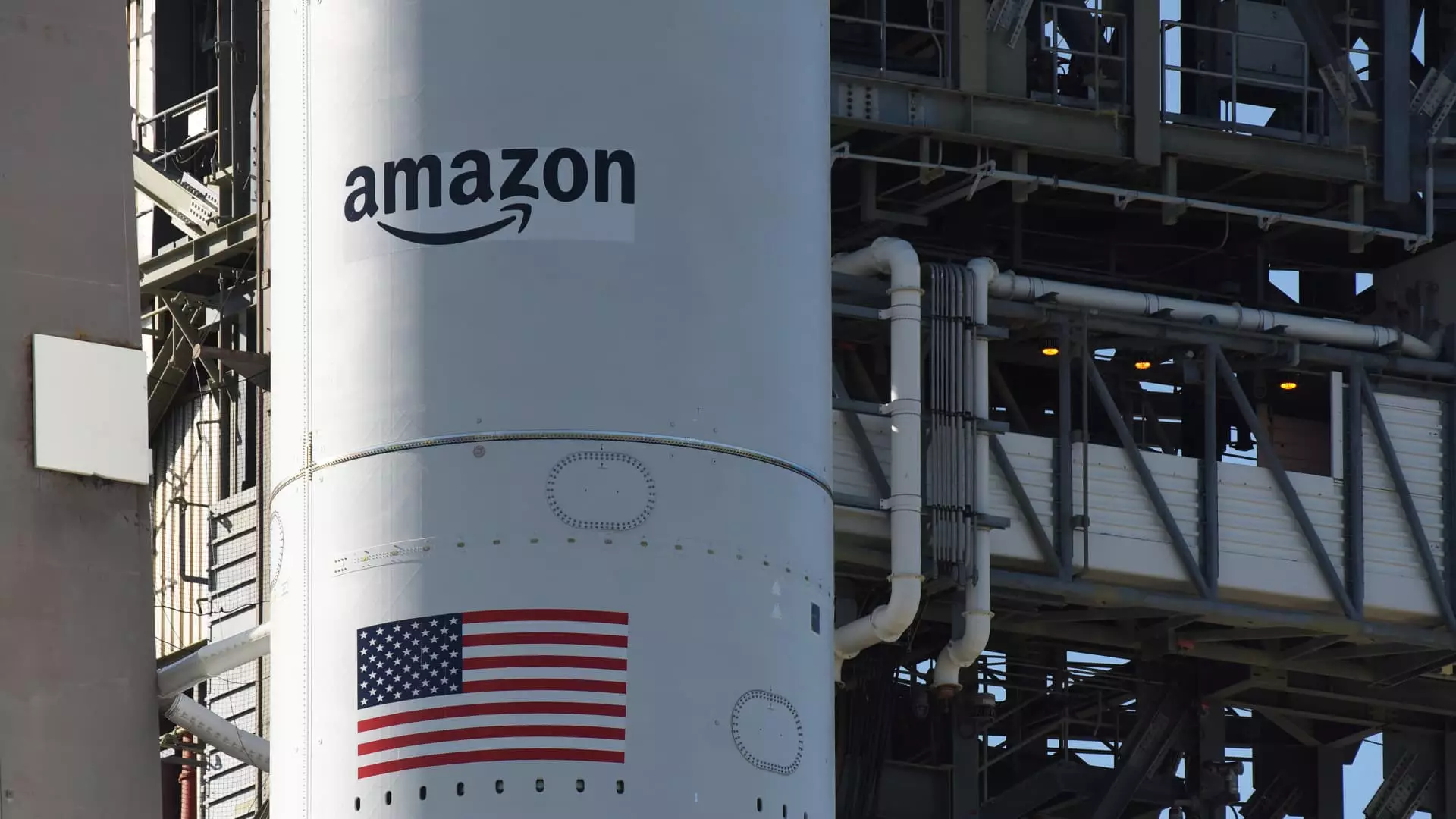In a bold pursuit of satellite internet dominance, Amazon faced an unforeseen hiccup as its Kuiper satellite launch was postponed due to inclement weather conditions in Cape Canaveral, Florida. This setback serves as a stark reminder of the unpredictability inherent in space ventures. The United Launch Alliance’s (ULA) planned liftoff, which was poised to deploy 27 Kuiper satellites, succumbed to “stubborn cumulus clouds” and high winds, effectively sealing the fate of the mission within its designated window. ULA’s announcement regarding the “NO GO” decision was a disappointment, yet it underscores the stringent safety protocols essential to the space industry.
Kuiper’s Ambitious Goals
Amazon’s entry into the satellite internet realm is more than just a technological endeavor; it represents the company’s ambition to revolutionize internet access on a global scale. With plans to establish a constellation of low Earth orbit satellites, the company’s aim is to provide high-speed and low-latency internet to a wide array of customers, ranging from individuals to large enterprises and governments. The launch of these satellites is not merely a logistical feat but a pivotal moment that could reshape the telecommunications landscape. Set against a backdrop of undeniable urgency, Amazon hopes to commence commercial operations later this year, joining the ranks of innovative companies striving for broadband equity.
Competing with Industry Giants
As Amazon gears up for its multi-satellite deployment, it finds itself in a fierce competition with SpaceX’s Starlink, which currently enjoys a considerable lead with over 8,000 satellites in orbit. The cutthroat nature of this race emphasizes the dire need for Amazon to not only launch its satellites but to execute a rapid scaling of its operation and infrastructure. The looming Federal Communications Commission (FCC) deadline is a critical factor, requiring Amazon to orbit at least 1,618 satellites by July 2026. Failure to meet this target could result in significant repercussions not just for Amazon’s plans, but for the overarching goal of broadening internet access.
The Strategic Implications of Satellite Internet
The significance of satellite internet, particularly in light of challenges like the COVID-19 pandemic, cannot be overstated. As remote work and online education become entrenched in society, reliable internet connectivity is more crucial than ever. Amazon’s Kuiper initiative holds the potential to bridge connectivity gaps, especially in rural and underserved regions. However, the challenge remains daunting. Given the ambitious competition posed by SpaceX and their recent entrenchment in governmental partnerships—escalating their reach into U.S. federal projects—Amazon must navigate a complex landscape that intertwines technology, policy, and public perception.
Looking Ahead: Next Steps for Amazon
Despite the recent weather-induced setback, the path forward for Amazon’s Kuiper is one of relentless preparation and innovation. The company has already initiated the process of getting its next batch of satellites ready for subsequent missions. Collaboration with ULA’s Atlas V rockets signifies a strategic partnership that could foster rapid deployment rates once the launch hurdles are overcome. Amazon cannot afford to linger in uncertainty; the clock is ticking, and the race to provide equitable global internet access is just beginning.

